Auchterlonie
Posted: Mon Apr 01, 2013 10:57 am
Auchterlonie is situated in the Auob riverbed (31 kilometres north of Twee Rivieren) and also has a picnic site with a little museum on top of the dunes where you learn about the ruins that dot the dunes behind the riverbed.
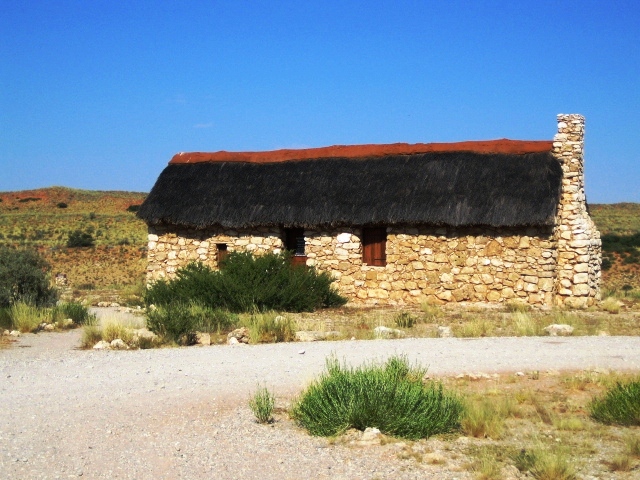
The information displayed reveals that in 1884 Germany annexed South-West Africa (Namibia today) as a colony. When in 1914 World War I started, the government of the Union of South Africa began to drill waterholes along the Auob river to provide water for the troops should the South Africans invade South-West Africa from there.
To protect and maintain the waterholes people from the the local community were hired. Those people were allowed to bring their family and their livestock in and to settle close to the boreholes. Homes were built with wattle and daub and calcrete that could be found there respectively. As South-West Africa was invaded from another route, the people living around the boreholes in the Aoub were forgotten about.
A Scotsman named Roger "Malkop" Duke Jackson surveyed and divided what we know as the KTP today into farms between 1913 and 1917. (The fact that this guy was Scottish is the reason why there are many waterholes in the park today that have a Gaelic name.) When World War I had ended those farms were given to white and later also to coloured people. But not many people were interested in setting there, so in 1931 the then Minister of Lands, Mr. Piet Grobler proclaimed the area a national park.
Further land along the Kuruman river was purchased south of the park to re-locate the people who lived on the then national park land. The structures they had built in the park were abandoned and the ruins of those are shown at the Auchterlonie museum.
(Adapted text from the info on displayed in the museum)
The waterhole itself:
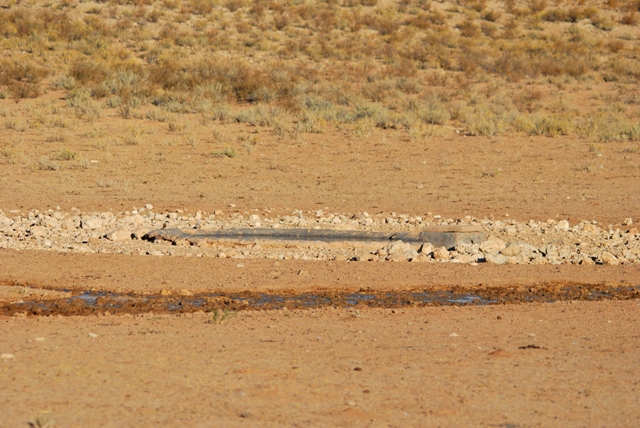

The information displayed reveals that in 1884 Germany annexed South-West Africa (Namibia today) as a colony. When in 1914 World War I started, the government of the Union of South Africa began to drill waterholes along the Auob river to provide water for the troops should the South Africans invade South-West Africa from there.
To protect and maintain the waterholes people from the the local community were hired. Those people were allowed to bring their family and their livestock in and to settle close to the boreholes. Homes were built with wattle and daub and calcrete that could be found there respectively. As South-West Africa was invaded from another route, the people living around the boreholes in the Aoub were forgotten about.
A Scotsman named Roger "Malkop" Duke Jackson surveyed and divided what we know as the KTP today into farms between 1913 and 1917. (The fact that this guy was Scottish is the reason why there are many waterholes in the park today that have a Gaelic name.) When World War I had ended those farms were given to white and later also to coloured people. But not many people were interested in setting there, so in 1931 the then Minister of Lands, Mr. Piet Grobler proclaimed the area a national park.
Further land along the Kuruman river was purchased south of the park to re-locate the people who lived on the then national park land. The structures they had built in the park were abandoned and the ruins of those are shown at the Auchterlonie museum.
(Adapted text from the info on displayed in the museum)
The waterhole itself:

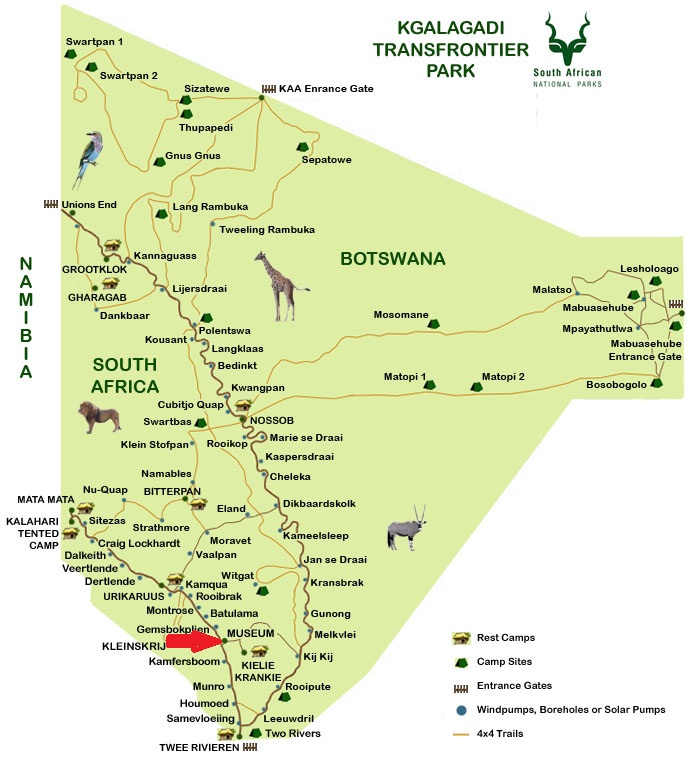
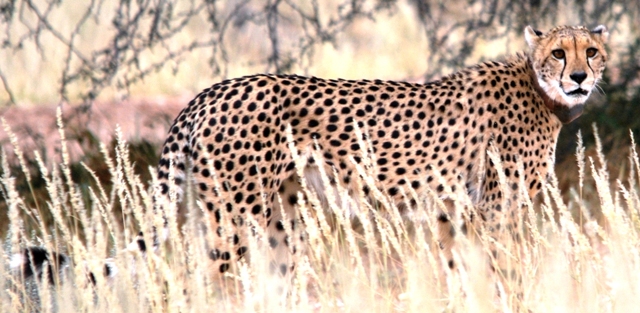 22/03/2010
22/03/2010 22/03/2010
22/03/2010 22/03/2010
22/03/2010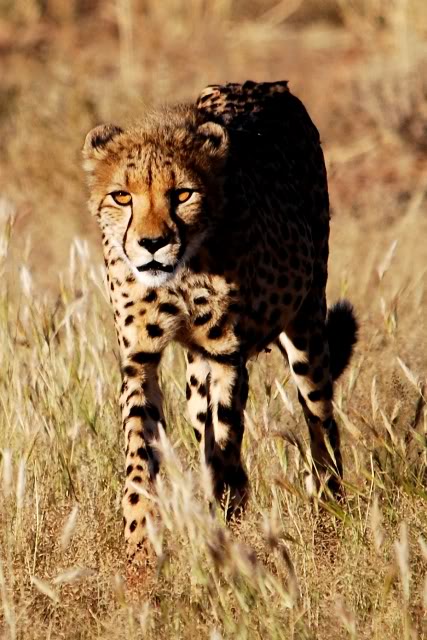
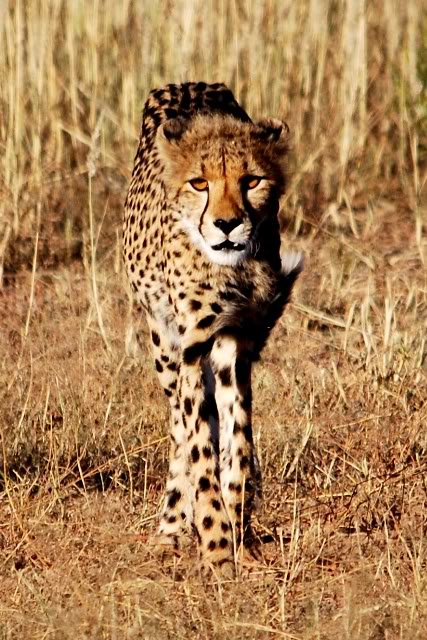 27/03/2010
27/03/2010 27/03/2010
27/03/2010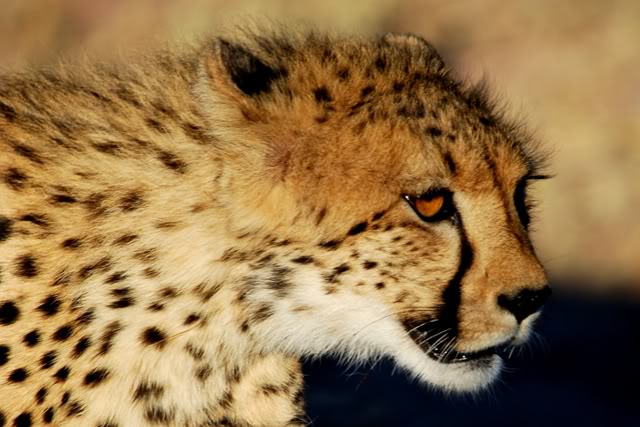 27/03/2010
27/03/2010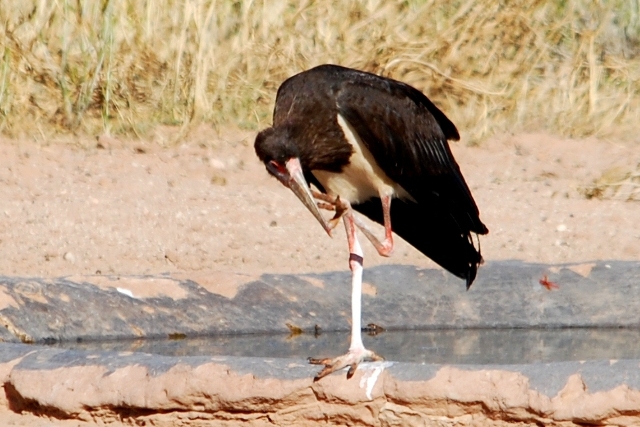 28/03/2010
28/03/2010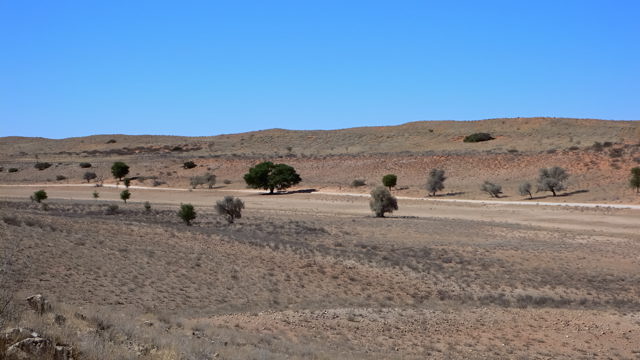


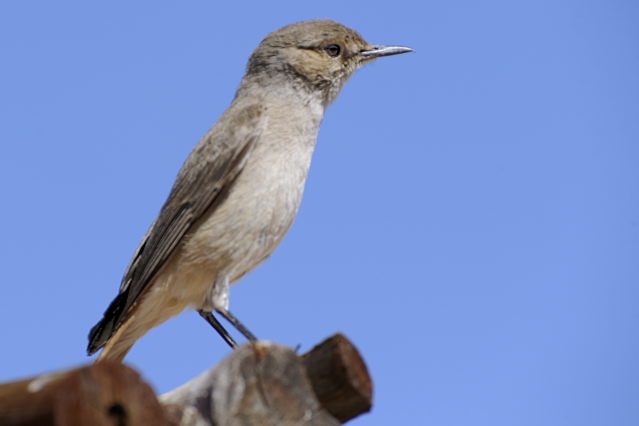


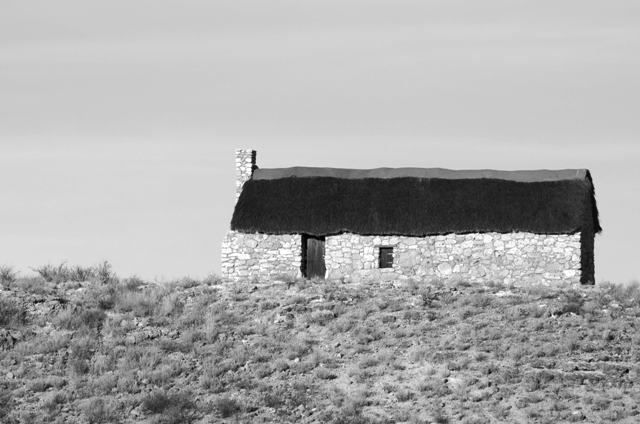
 21/04/2011
21/04/2011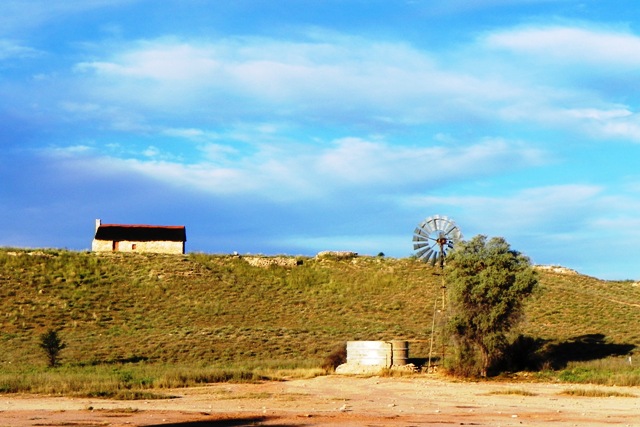 21/04/2011
21/04/2011